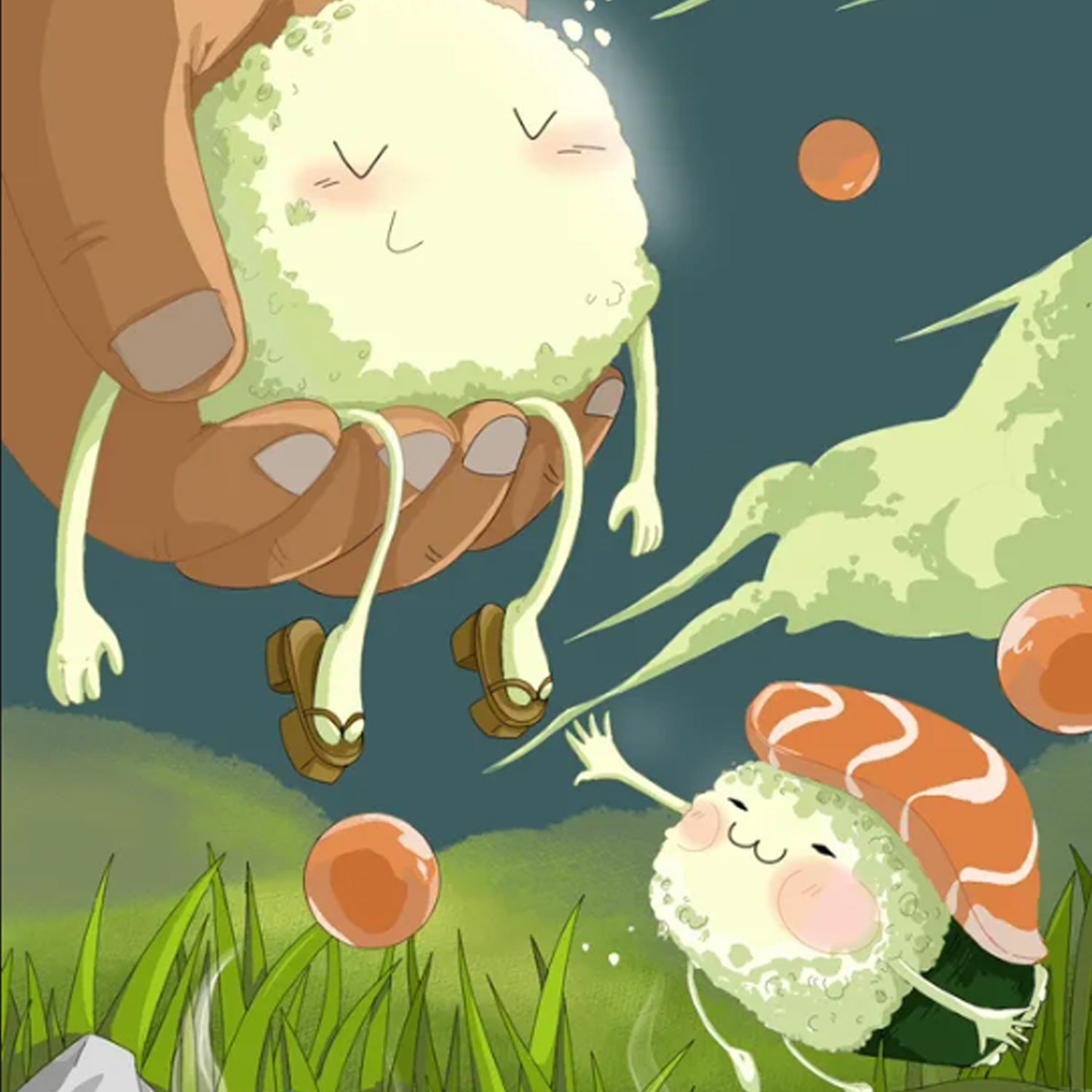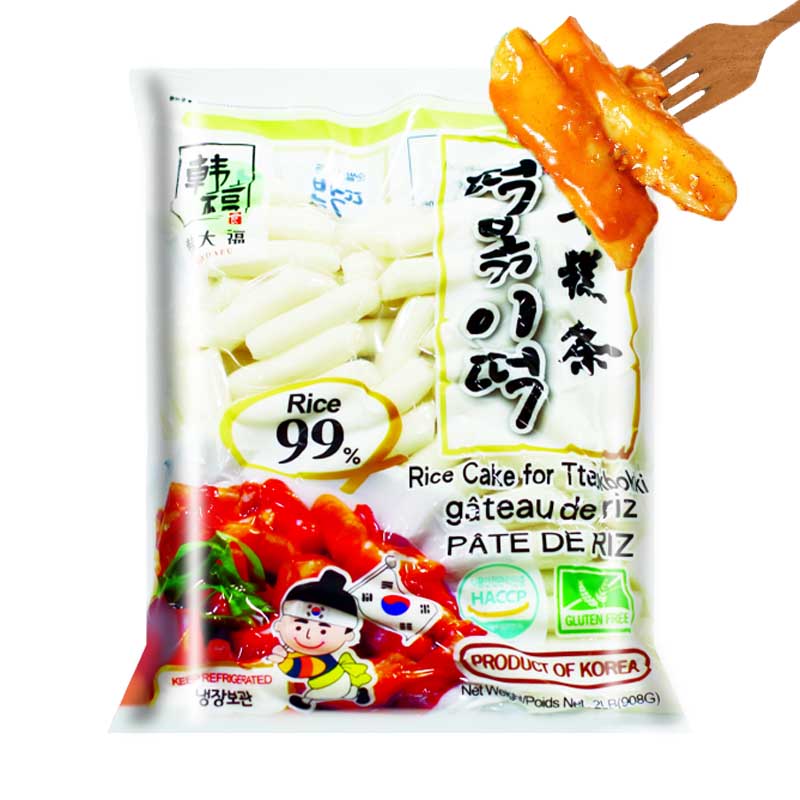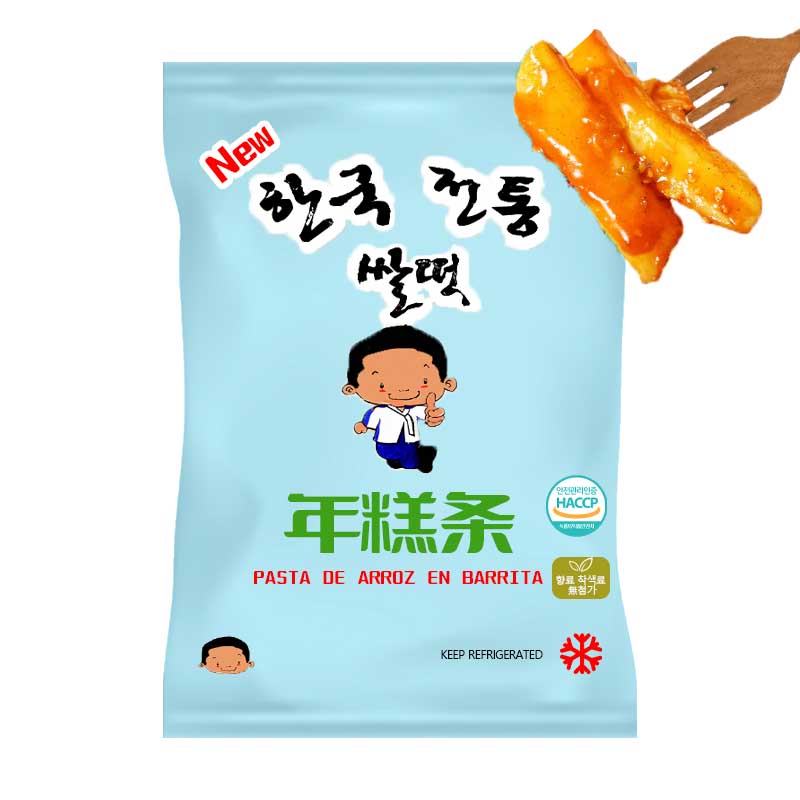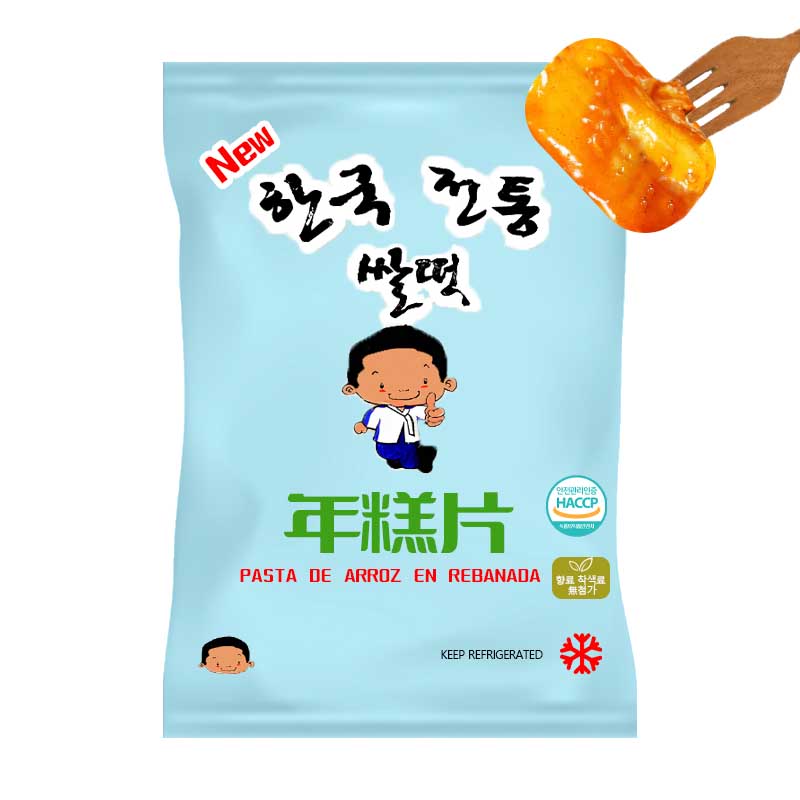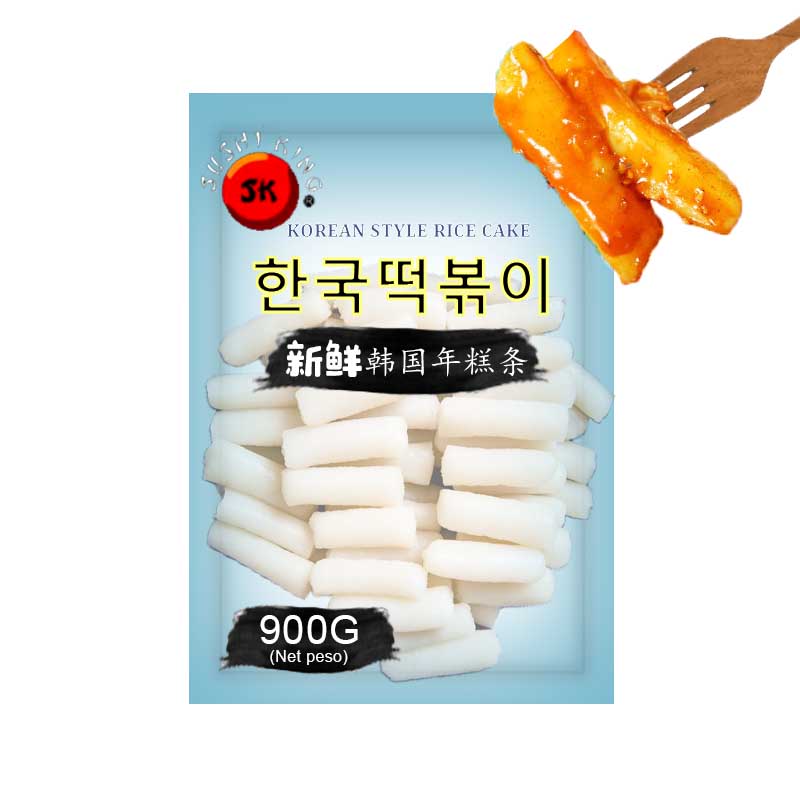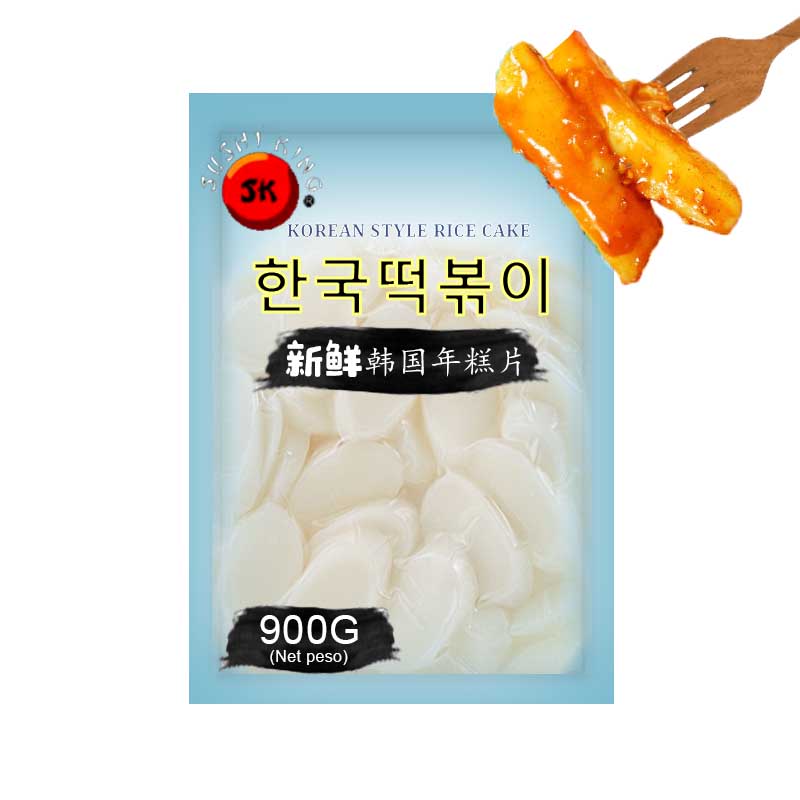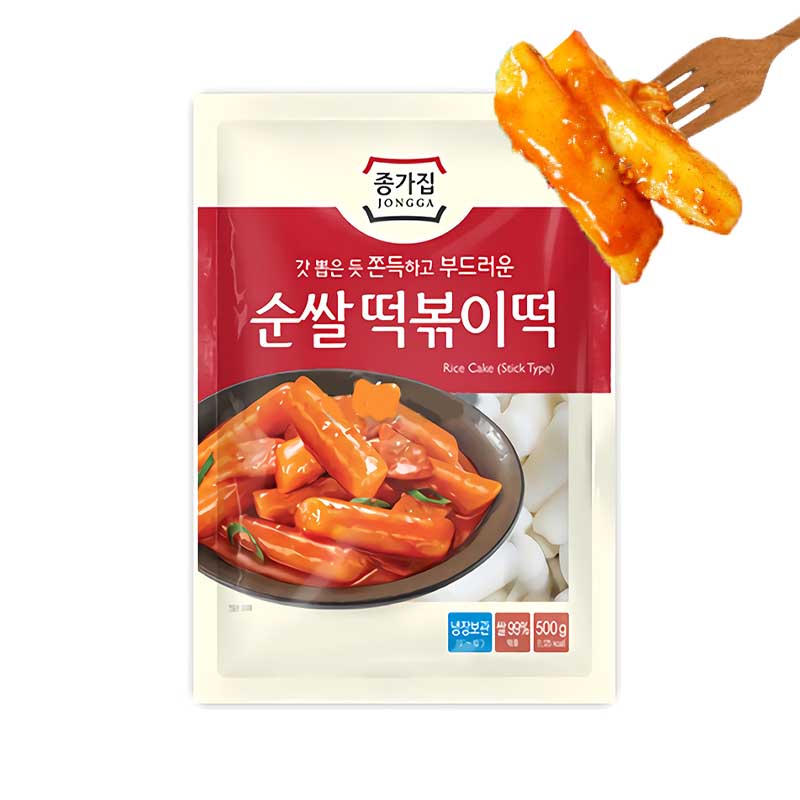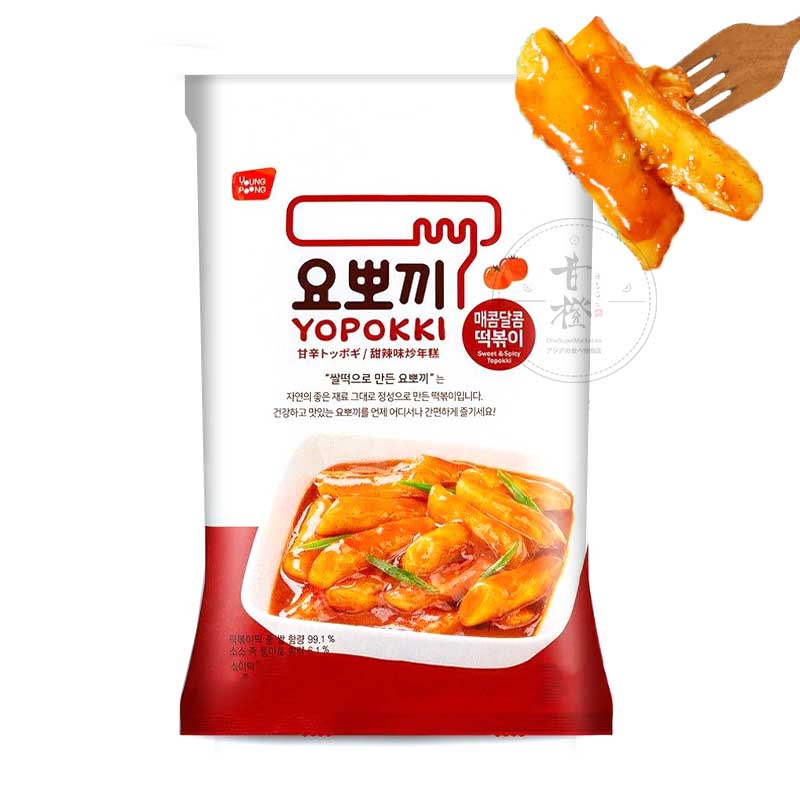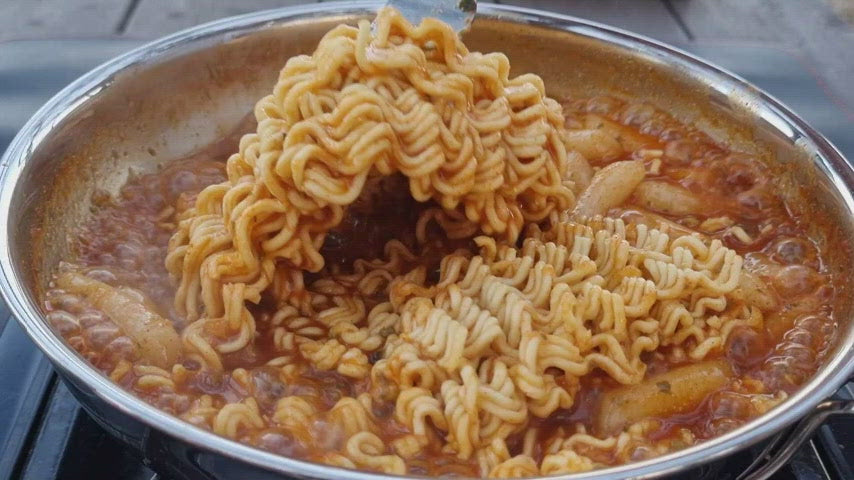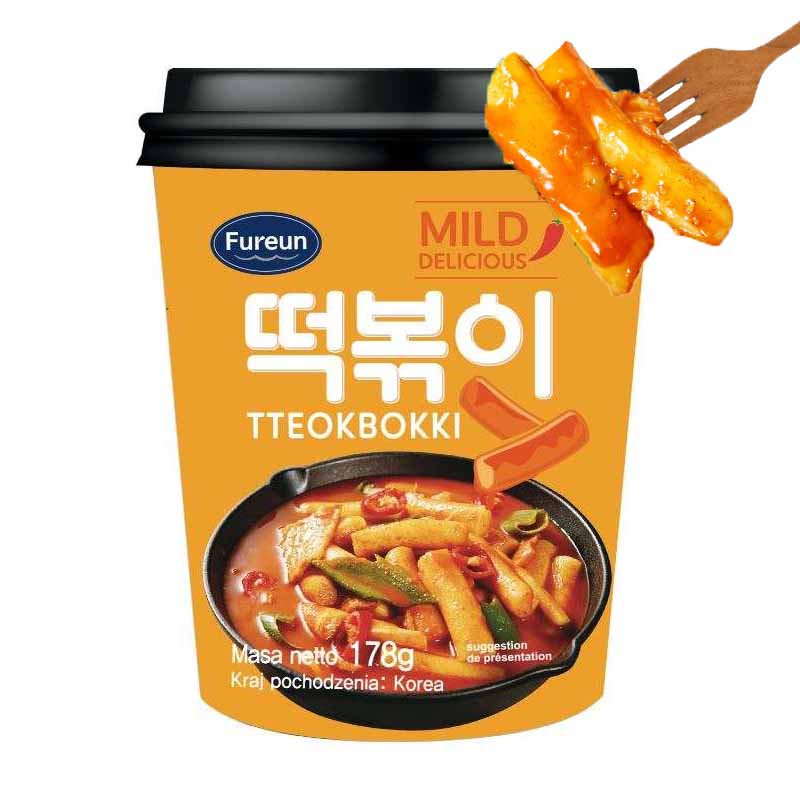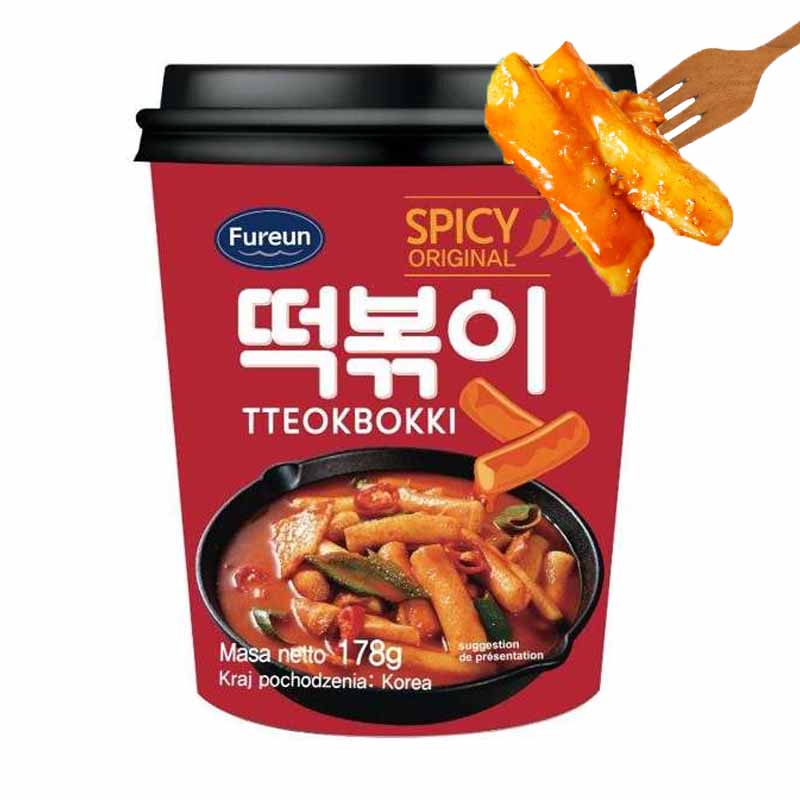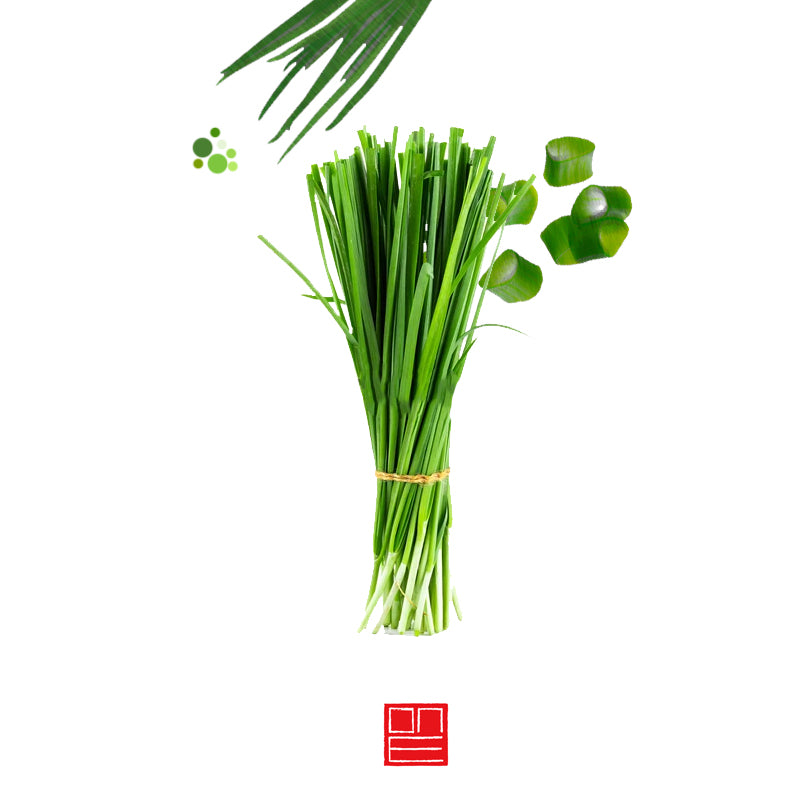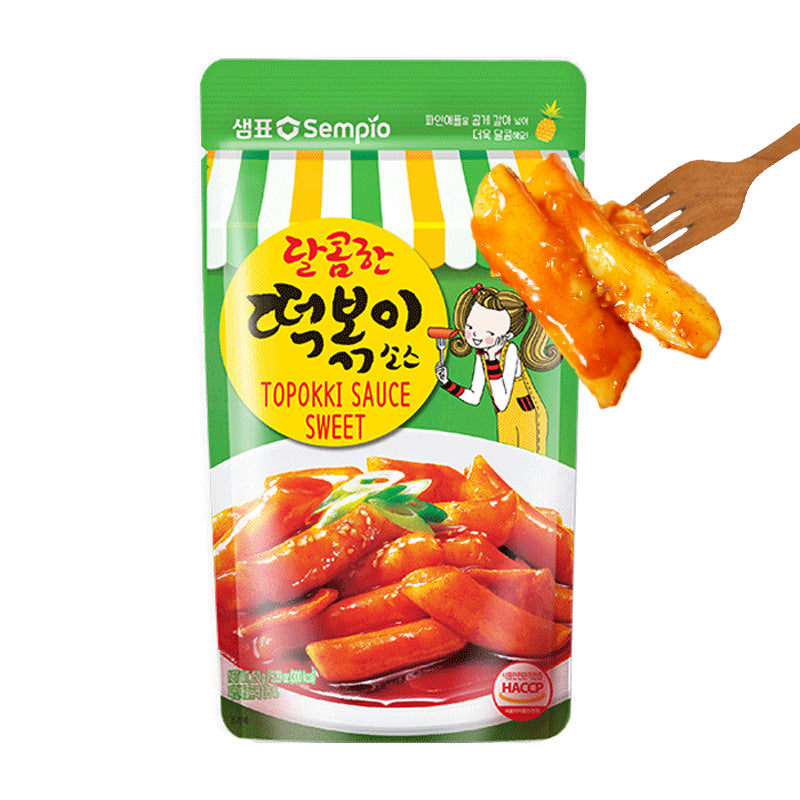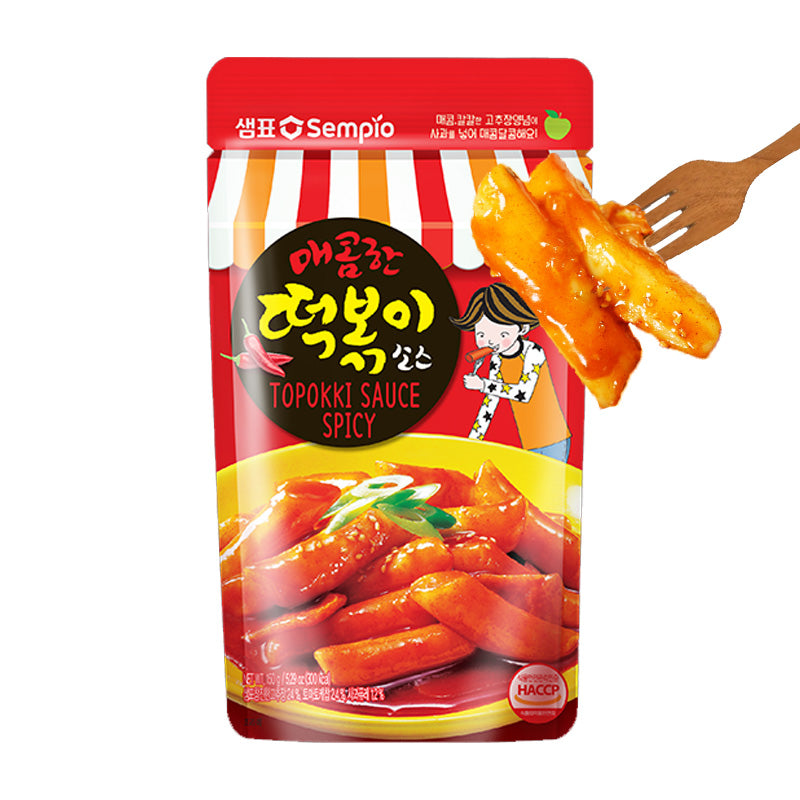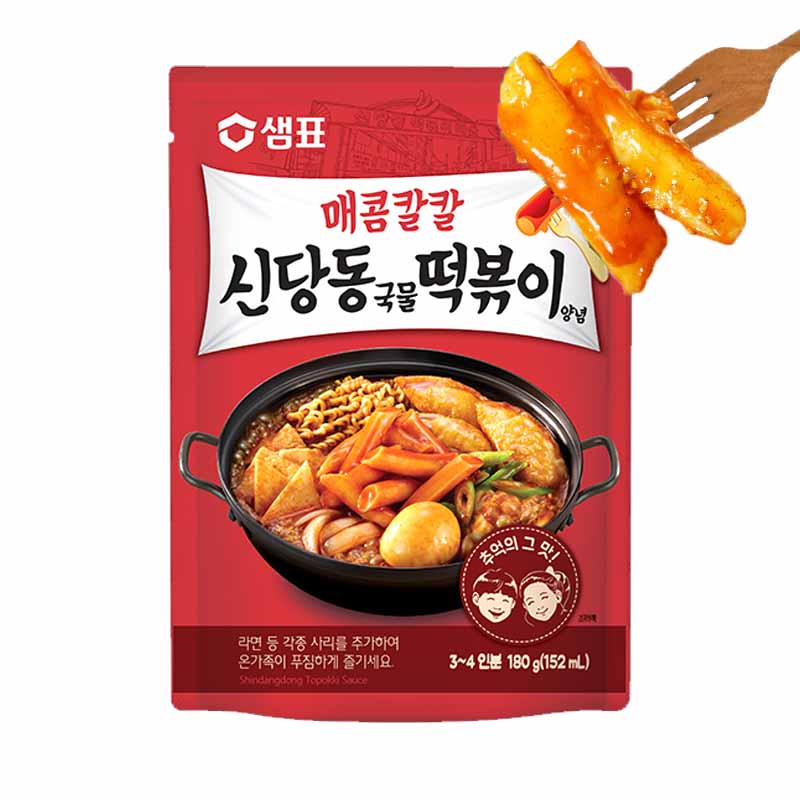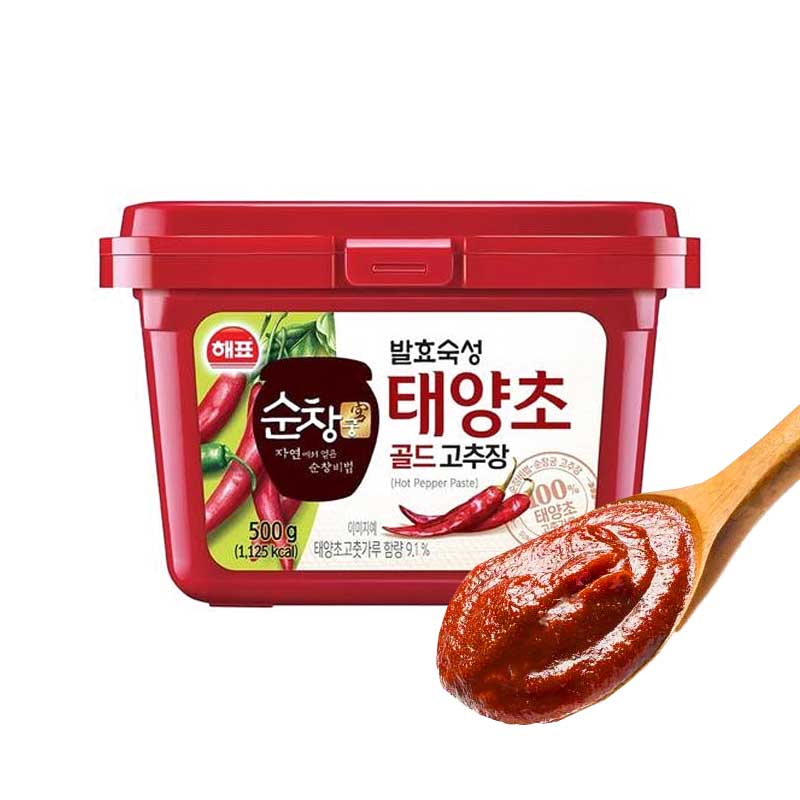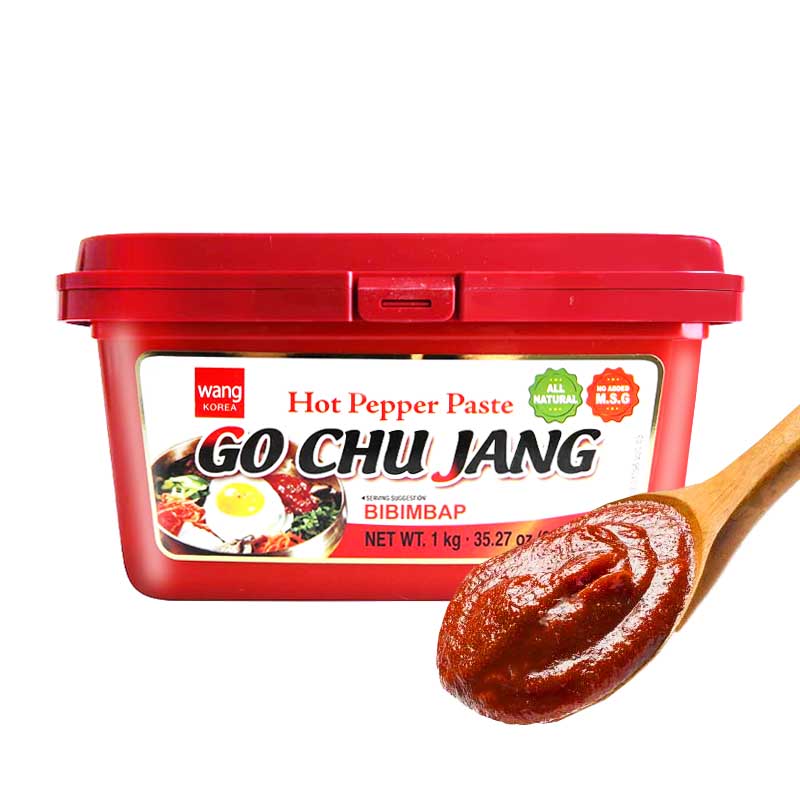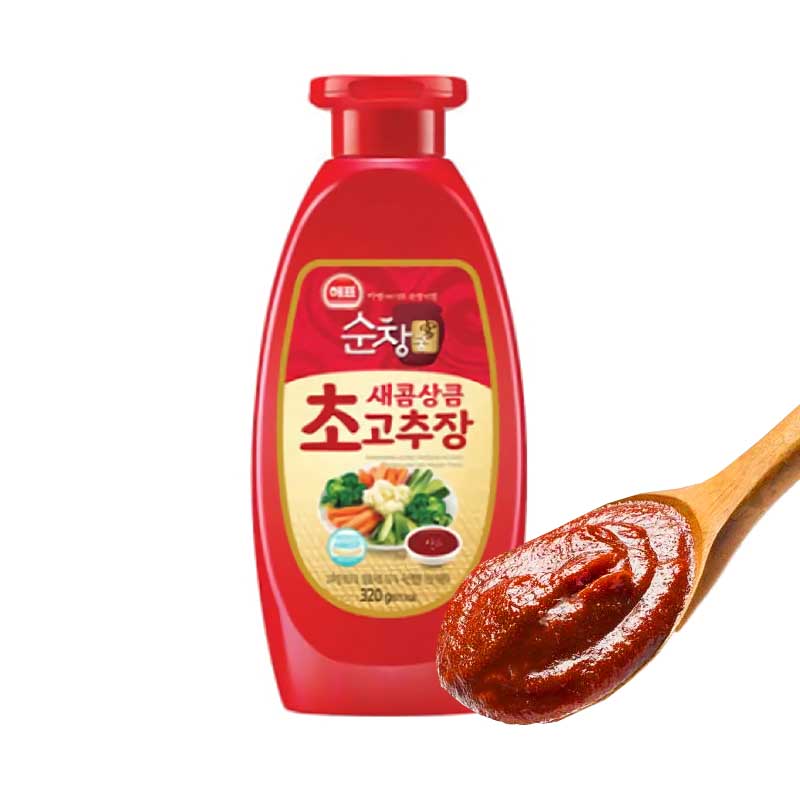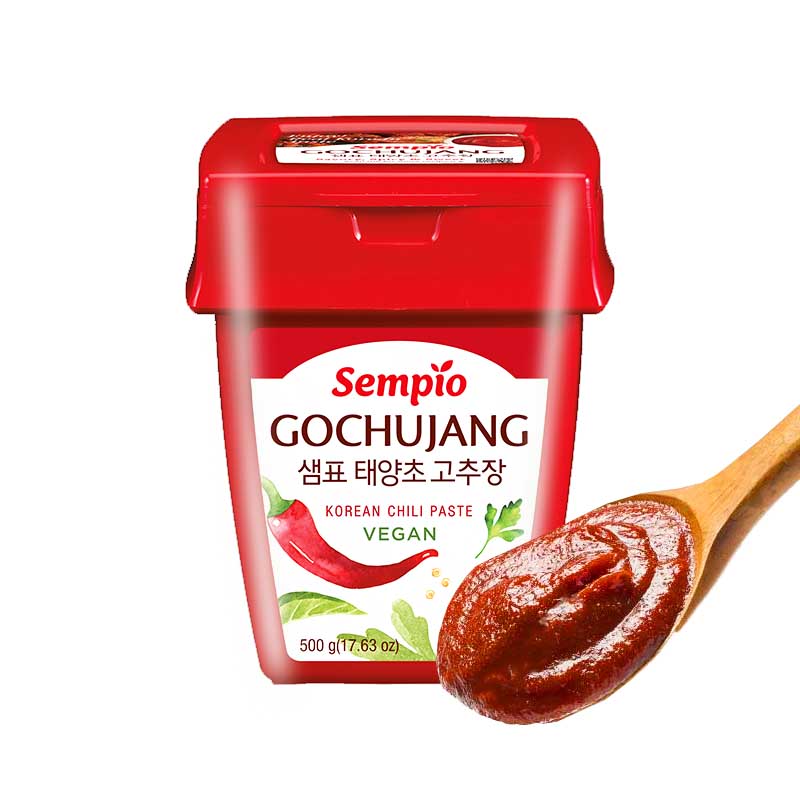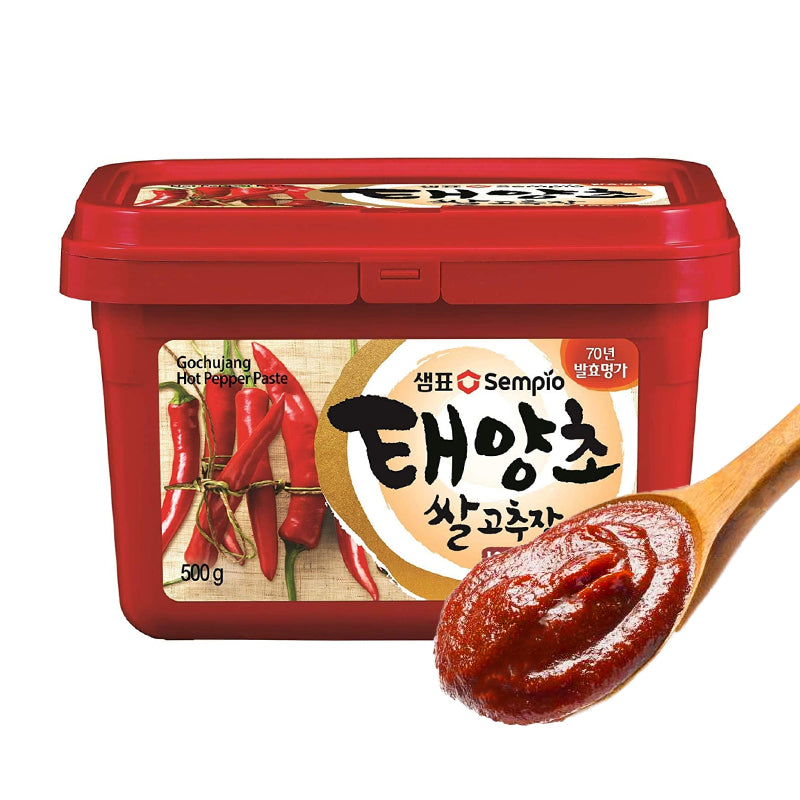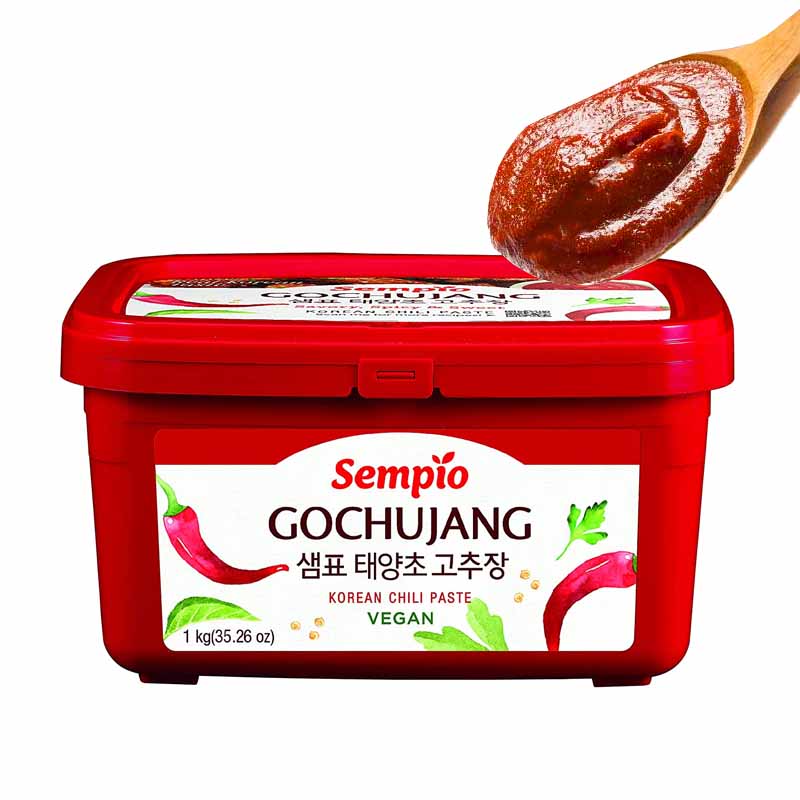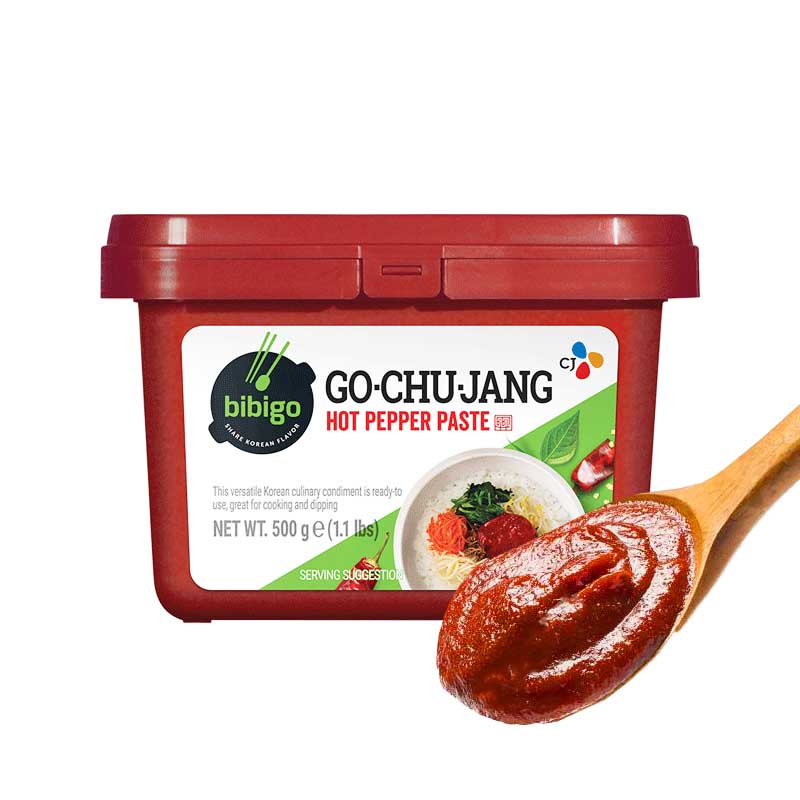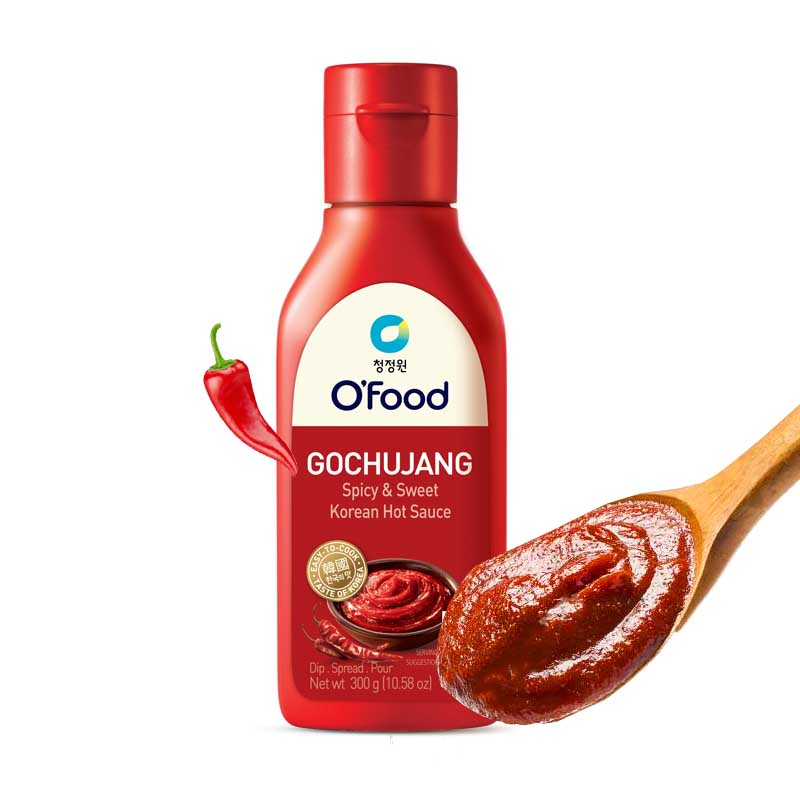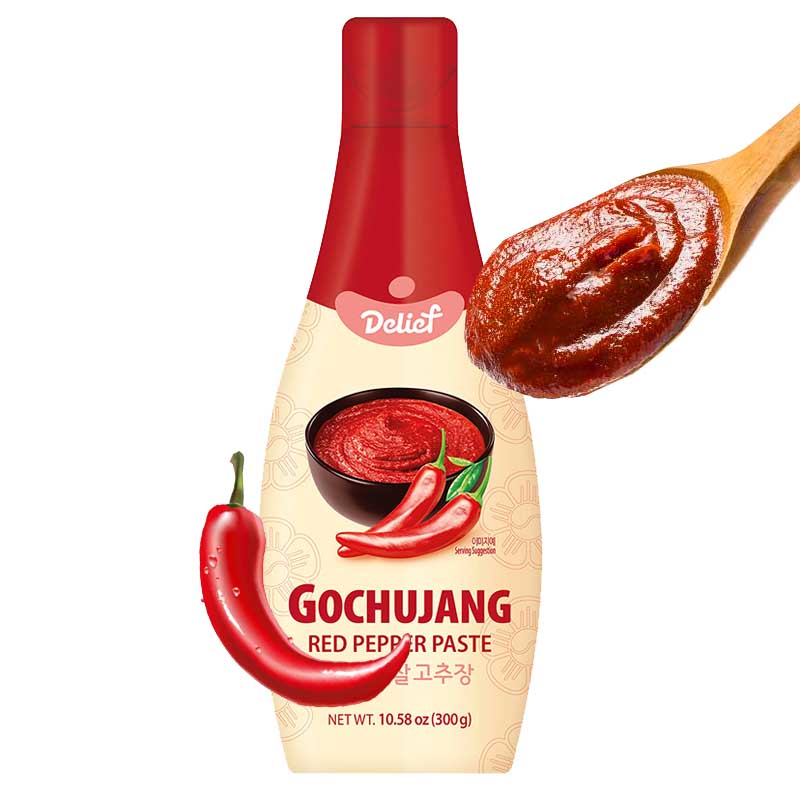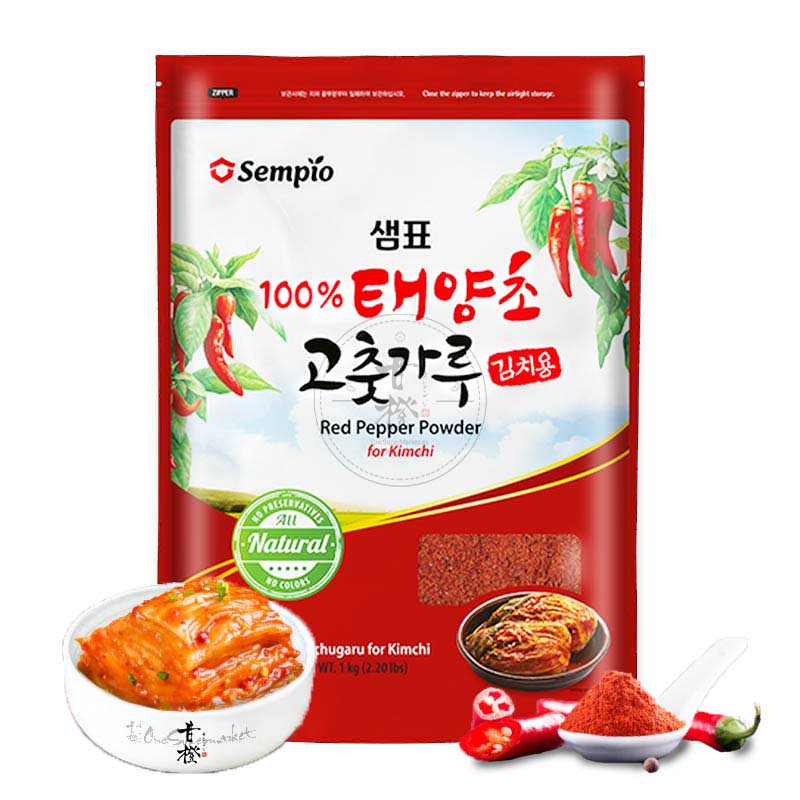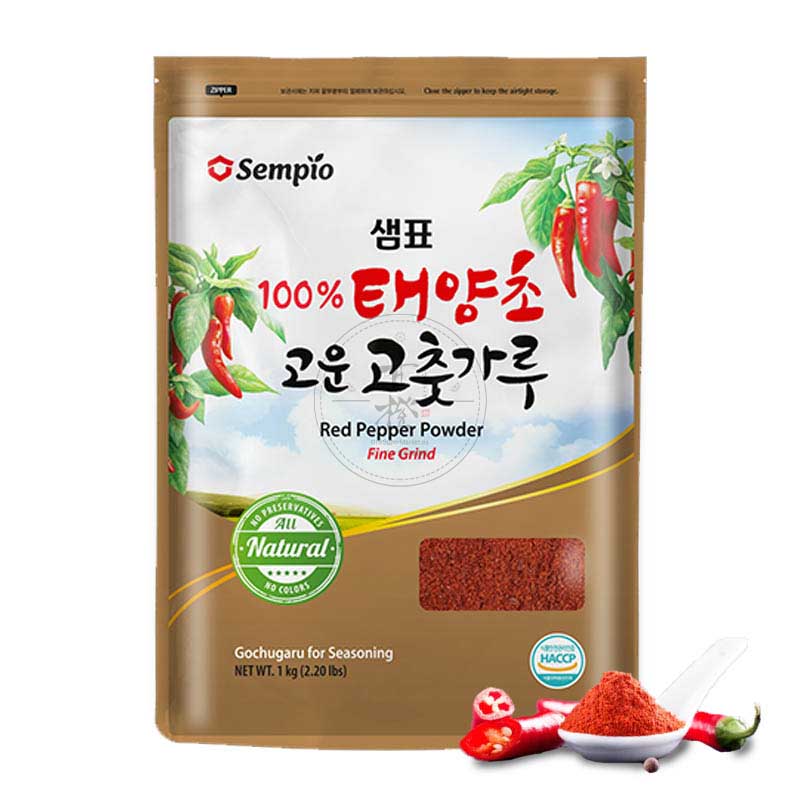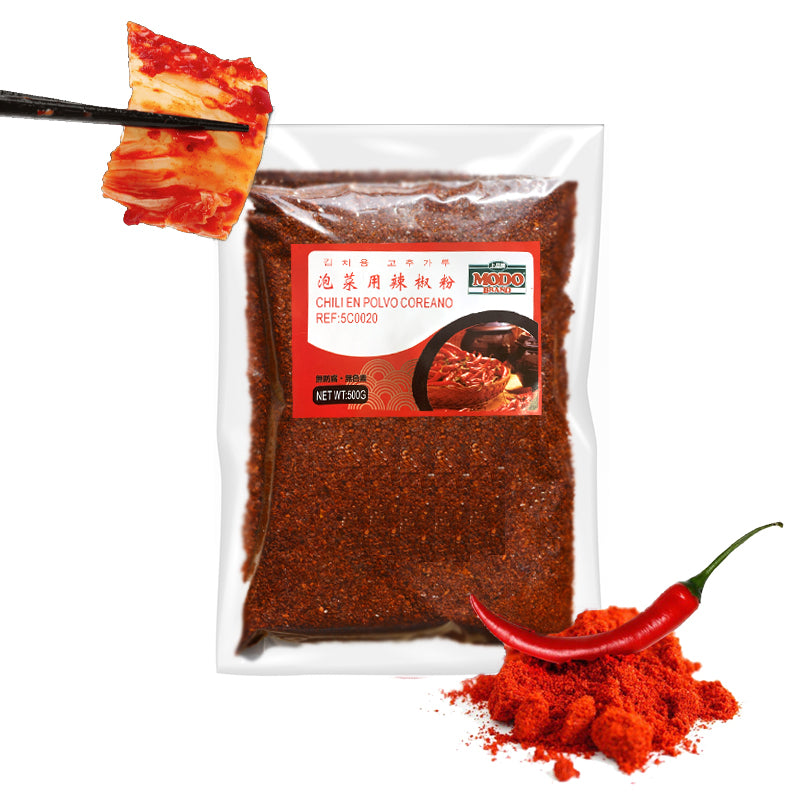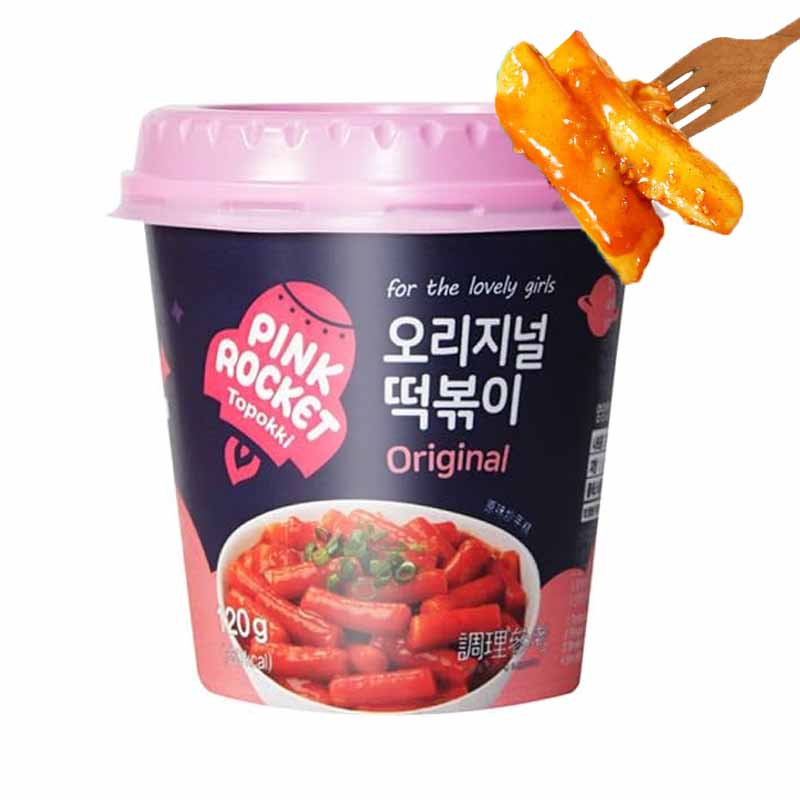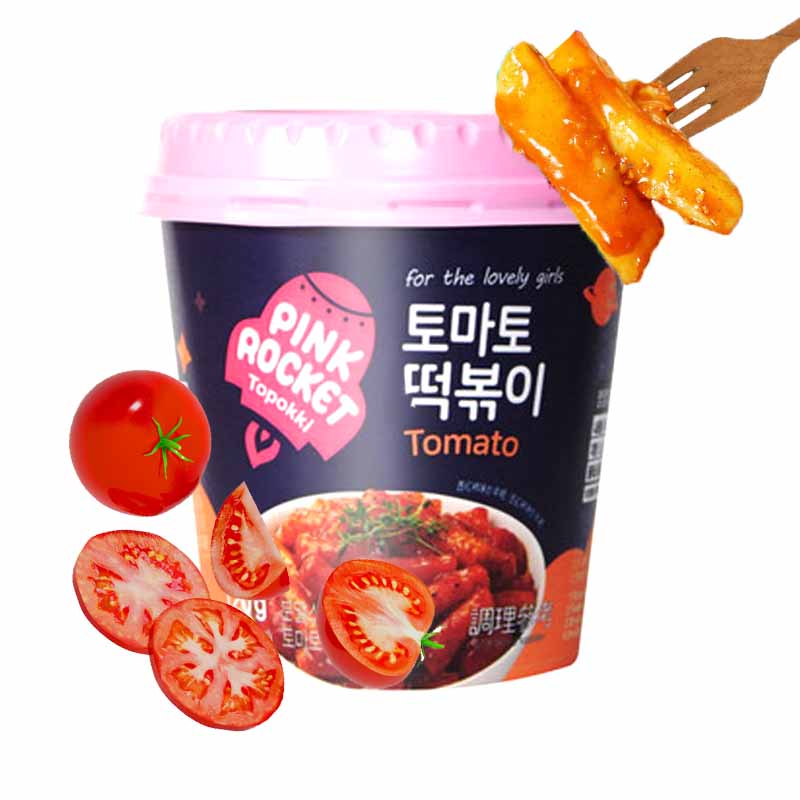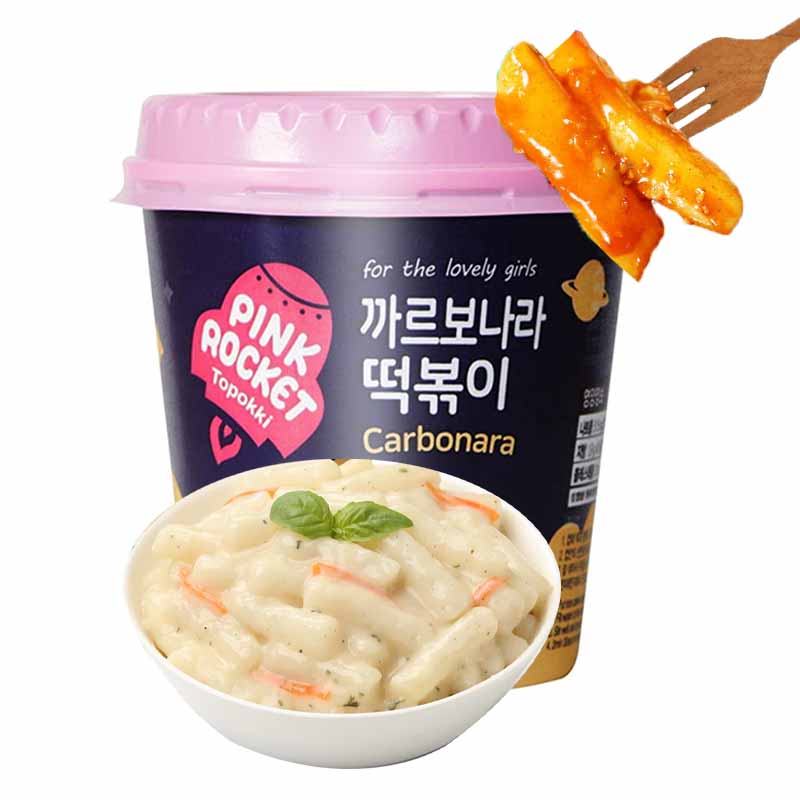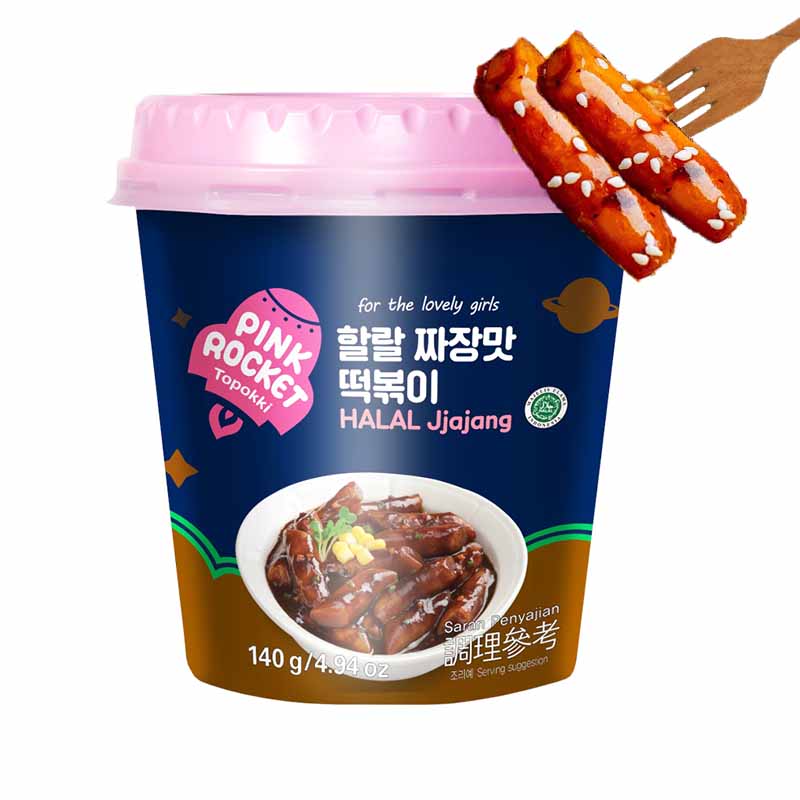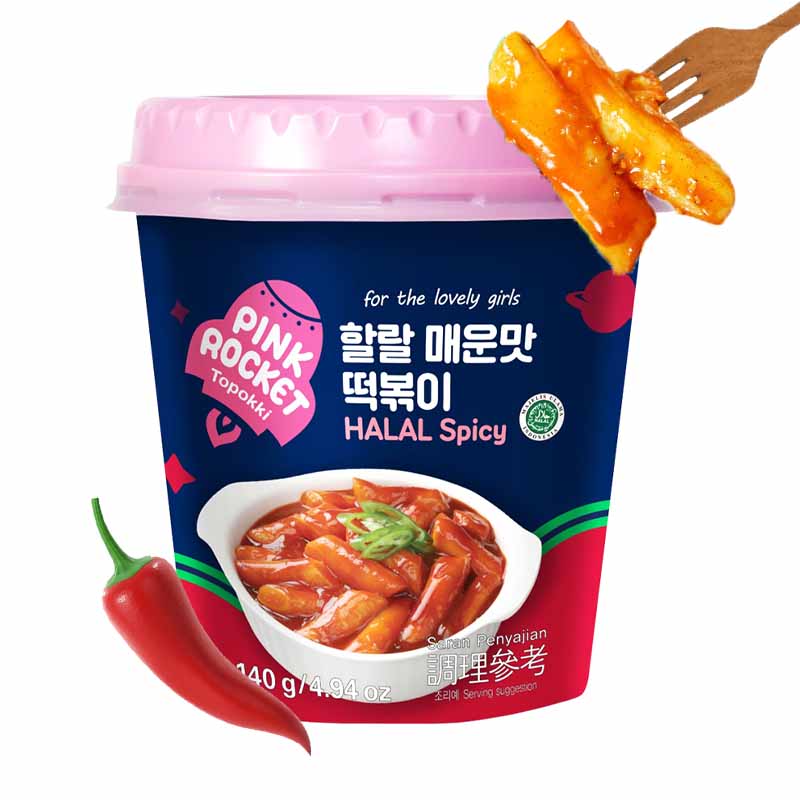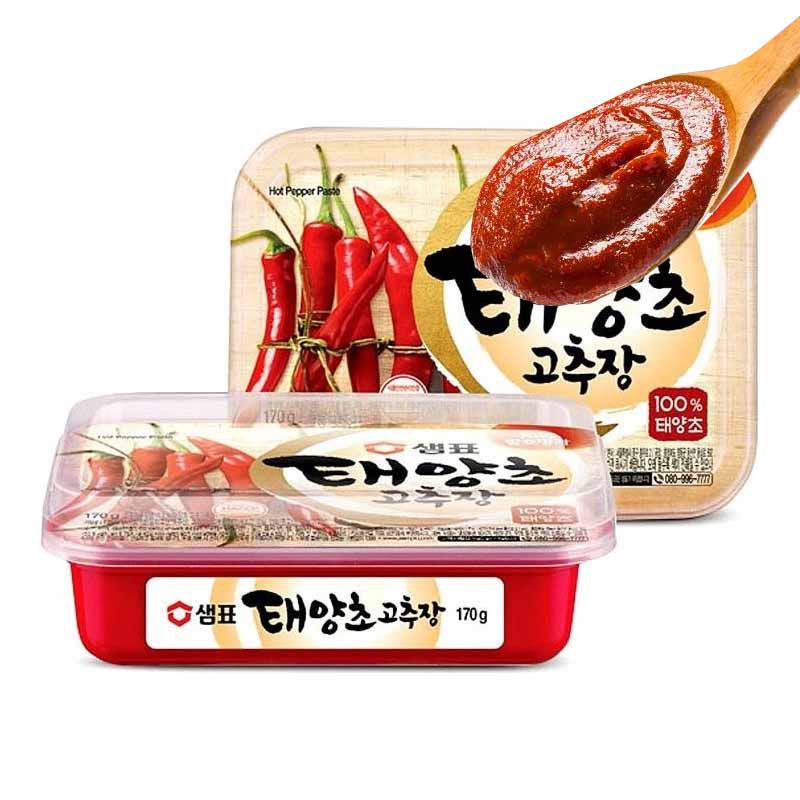Tteokbokki
What it is, History, Recipe, Buy
In the vibrant world of Korean cuisine, Tteokbokki holds a special place. This dish, characterized by its spicy flavor and chewy texture, has captured the hearts (and palates) of people around the world. Whether you're familiar with Korean cuisine or just starting to explore it, this article will provide you with a complete guide to Tteokbokki.
Discover what Tteokbokki is , its fascinating history, the ingredients needed to prepare it, and how you can make it in your own home with our Tteokbokki recipes . Not only will we cover the Easy Tteokbokki recipe , but we will also give you a detailed look at the authentic recipe from Korean street food stalls.
Plus, you'll find answers to frequently asked questions about this dish and how to store and reheat it. Lastly, if you don't have time to make your own Tteokbokki or just want to try the authentic Korean flavor, we will tell you where you can buy Tteokbokki .
Whether you're drawn to the fun name, the tasty Korean Topokki , or the adventure of learning how to make your own Tteokbokki, this article has something for you. We hope you enjoy it as much as we enjoyed preparing it for you!
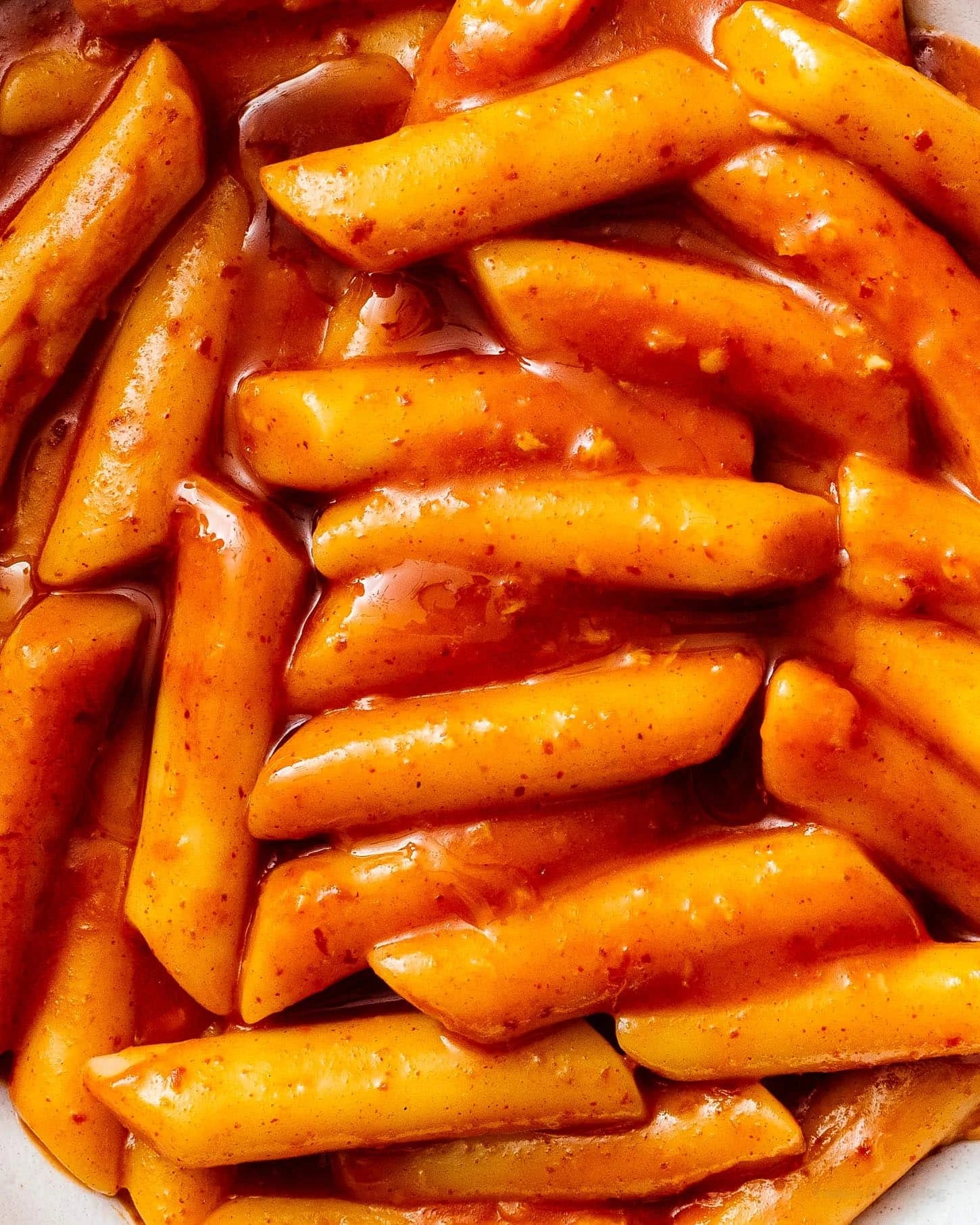
What is Tteokbokki?
Korean food, in which rice cakes and other ingredients are fried or boiled for seasoning, has been ranked as the 10th favorite food by Koreans in a survey. It is arguably the most popular Korean food as it is often sold as street food and can be enjoyed by people of all ages, making it a true commoner's meal.
The name of the food is ' Tteokbokki ', but with the exception of traditional tteokbokki (soy sauce tteokbokki) and oil tteokbokki with a long history, most of the tteokbokki we eat is not 'roasted', but boiled with water or broth. However, it will be difficult for the name 'Tteokbokki', which has been established as a proper name, to disappear. In fact, tteokbokki is a dish prepared by boiling broth, which is also called soup, similar to stewed mackerel which is not called mackerel soup. When radish is added, the flavor is similar to stewed mackerel.
The most common method is red tteokbokki with gochujang, while others use condiments such as soy sauce, ketchup, curry, jajang, and cream sauce. Along with sundae (sausage), tempura, ramen and kimbap, it is one of Korea's representative national snacks and one of its representative street foods. For this reason, Koreans treat it as a snack, but in other countries, it is known more as a representative Korean food and for a meal than as a snack.
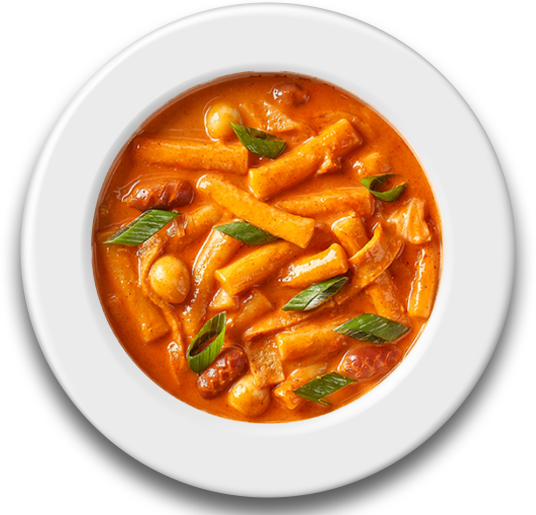
History
During the Joseon Dynasty , Tteokbokki was consumed as soy sauce, a dish made by mixing meat, vegetables and fried rice cakes in soy sauce, a delicacy exclusively reserved for the royal family. Its scarcity in the market is due to the high cost of auxiliary ingredients, although it is occasionally presented as homemade food, a complement to a school cafeteria or food for military service.
Regarding its origin, it is considered that Tteokbokki was developed from the cooking of steamed rice cakes. Although this dish existed during the Japanese colonial period, its evolution into modern Tteokbokki is due to factors such as wars. Modern Gochujang Tteokbokki , described below, has its roots in Sindang-dong in 1953 and is a culinary delight unique to South Korea.
In North Korea, there are various snacks and street foods on the market such as lamb skewers, rice cakes, corn noodles, tofu rice, pork rice bowl, fake meat, and rice dumplings. Although some restaurants also serve Tteokbokki, it is not very popular.
Gochujang Tteokbokki is said to have been first created by Ma Bok-rim, owner of a famous Tteokbokki restaurant in Sindang-dong. According to a media interview, rice cakes with a Chinese seasoning were served at a restaurant. Despite its good flavor, it was somewhat greasy, so it was considered adding a spicy seasoning. That's where the idea of fried rice cake with Gochujang came from.
Ingredients
There are great variations depending on the ingredients. For example, in a South Korean restaurant, you can enjoy a simple and inexpensive meal by adding hard-boiled eggs or sliced cheddar cheese, all based on an anchovy broth used to boil fish cakes.
Ingredients needed for Tteokbokki : Tteokbokki rice cake, gochujang or red pepper powder (you can use just one or add both), starch/sugar, soy sauce/oyster sauce.
Optional ingredients: chives, onion, cabbage, minced garlic, fish paste, carrots and other vegetables, monosodium glutamate.
Preferred ingredients: hard-boiled eggs, ham, squid and other types of seafood, ramen noodles, jjolmyeon, noodles, pork, chicken, beef, gyoza, tempura, cheese, among others.
Receta tteokbokki fácil
Tiempo de preparación: 10 minutos
Tiempo de cocción: 10 minutos
Tiempo total: 20 minutos
Ingredientes
- Tteokbokki (pasteles de arroz)
- Azúcar
- Salsa de soja
- Gochugaru
- Gochujang
- Cebollino
Instrucciones
1: Poner 400g de pasteles de arroz en una olla.
2: Pon 2 tazas de agua.
3: Agrega 2 cucharaditas de salsa de soja, 1 cucharadita de azúcar y 1 cucharada de Gochujang y 1 cucharada de Gochugaru.
4: Soltarlo bien. Hervir hasta que la sopa tteokbokki esté espesa.
5: Agregue 1 taza de cebollino preparada.
6: Hasta cierto punto, mézclala una vez y ¡listo con el Tteokbokki!
Información nutricional (por porción)
1: Poner 400g de pasteles de arroz en una olla.
2: Pon 2 tazas de agua.
3: Agrega 2 cucharaditas de salsa de soja, 1 cucharadita de azúcar y 1 cucharada de Gochujang y 1 cucharada de Gochugaru.
4: Soltarlo bien. Hervir hasta que la sopa tteokbokki esté espesa.
5: Agregue 1 taza de cebollino preparada.
6: Hasta cierto punto, mézclala una vez y ¡listo con el Tteokbokki!
Calorías: 381kcal | Carbohidratos: 69g | Proteínas: 13g | Grasas: 6g | Colesterol: 14mg | Sodio: 1062mg | Potasio: 182mg | Fibra: 1g | Azúcar: 15g | Vitamina A: 405IU | Vitamina C: 7.8mg | Calcio: 28mg | Hierro: 0.8mg
NOTA: Si prefieres los tteokbokki menos dulces, puedes reducir la cantidad de azúcar.
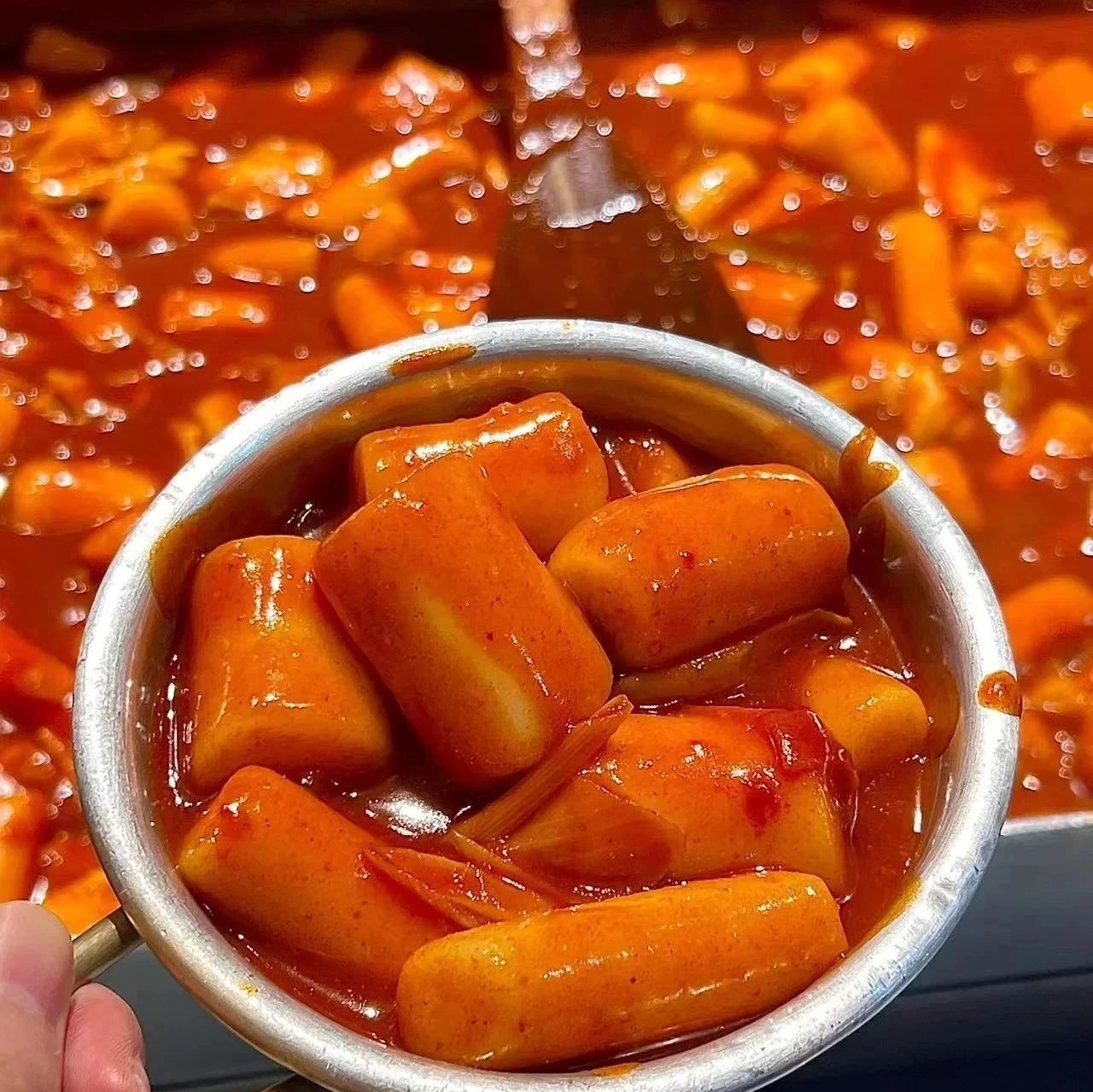
Korean Street Food Stalls Recipe
This is a recipe that evokes the flavors of my childhood. The secret lies in the moderate use of the ingredients.
Broth : You have the option of using water, but the subtle distinctive flavor of street food stalls is achieved with a fish cake soup.
Rice cake : Food stalls use starchy rice cakes that are not baked.
Vegetables : Chives are the default. Additionally, small amounts of onion and carrot are added.
Seasoning : Red chilli powder, Dasida and sugar (or starch syrup) are the only three ingredients. The proportion between Dashida and sugar is 1:1.
Recipe : Simply add the above ingredients to the broth and let it simmer. It's easy, right?
Ingredients also include rice, starch syrup, sausage, tomato sauce, hard-boiled egg, red pepper powder (fine or coarse), pepper, and oil.
Frequently asked questions
What does tteokbokki taste like?
It tastes like heaven! If you love carbs, you'll love tteokbokki. It's chewy and filling, sweet and spicy and savory. If you've never tried it before, think of it as a savory mochi or perhaps gnocchi in a spicy sauce. Korean rice cakes are chewy and springy. The rice cakes themselves are very bland, but when you cook them in sauce, they absorb the flavor like a sponge and become incredibly delicious. Many tteokbokki also have fish cakes and boiled eggs added for extra flavor and protein.
Do I need to soak tteokbokki rice cakes?
If you have fresh rice cakes, you don't need to soak them. If you're using packaged or frozen ones, soak them in warm water to loosen and rehydrate them a bit.
How to store tteokbokki
The tteokbokki will keep well covered in the refrigerator for up to 3 days.
How to reheat tteokbokki
To reheat, add the tteokbokki to a pot with 1/4 cup water or dashi and let it heat over low heat. You can also heat it in the microwave with a little water added to the sauce.
What can I use instead of fish cakes?
If you're a vegetarian but still want some protein in this dish, you can use tofu! The tofu pieces taste amazing in this sauce.
Why does my tteokbokki break and crack?
If your tteokbokki keeps breaking and cracking, it's because your rice cakes are too dry and freezer burned. They may have been frozen and thawed more than once. If you have trouble with them breaking, try soaking them in cold water and letting them thaw slowly overnight in the refrigerator.
To buy
Blog
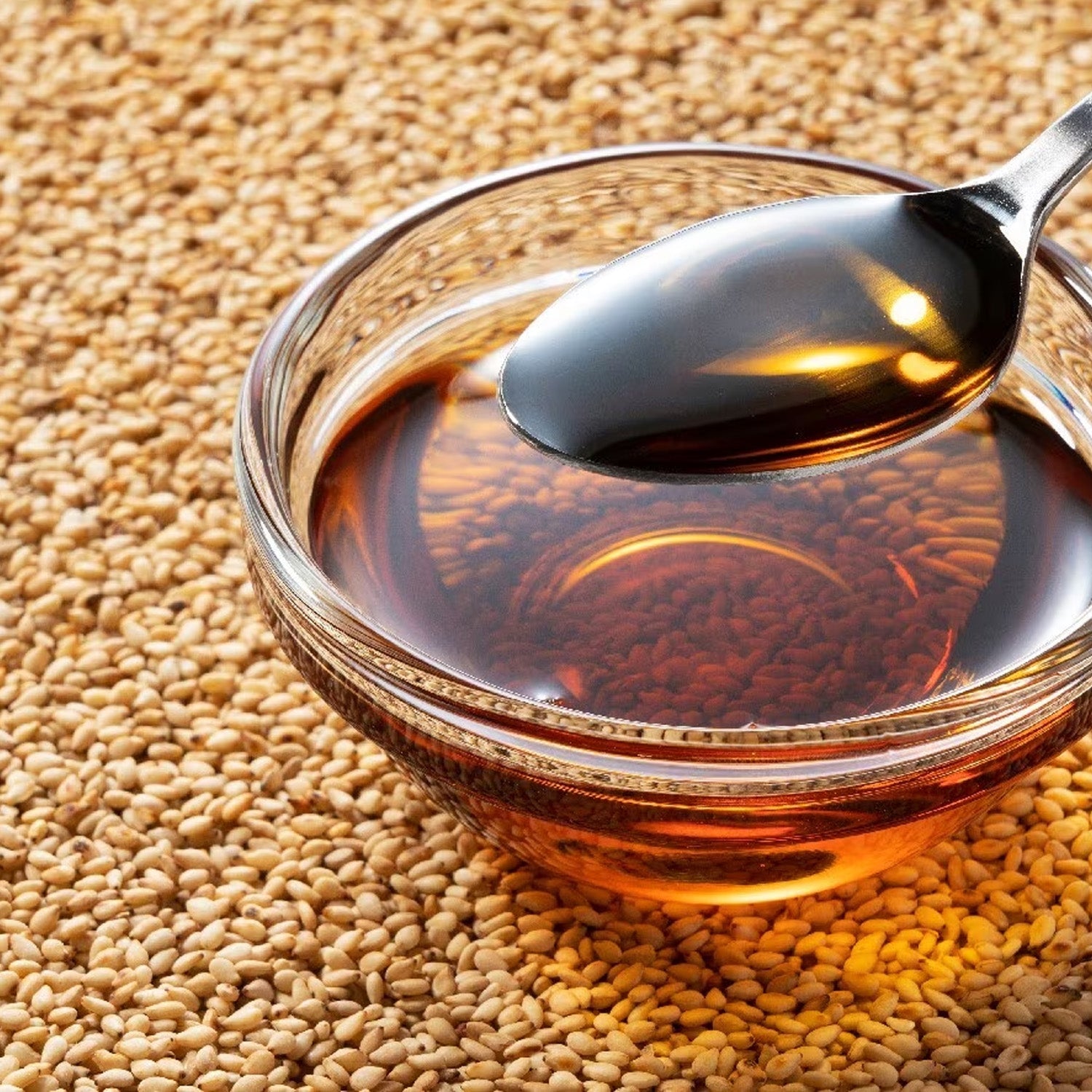
Benefits of Sesame Oil: Health and Cooking at its Best
The numerous benefits and uses of sesame oil in cooking, personal care and health. Learn how to take advantage of its antioxidant and anti-inflammatory properties.
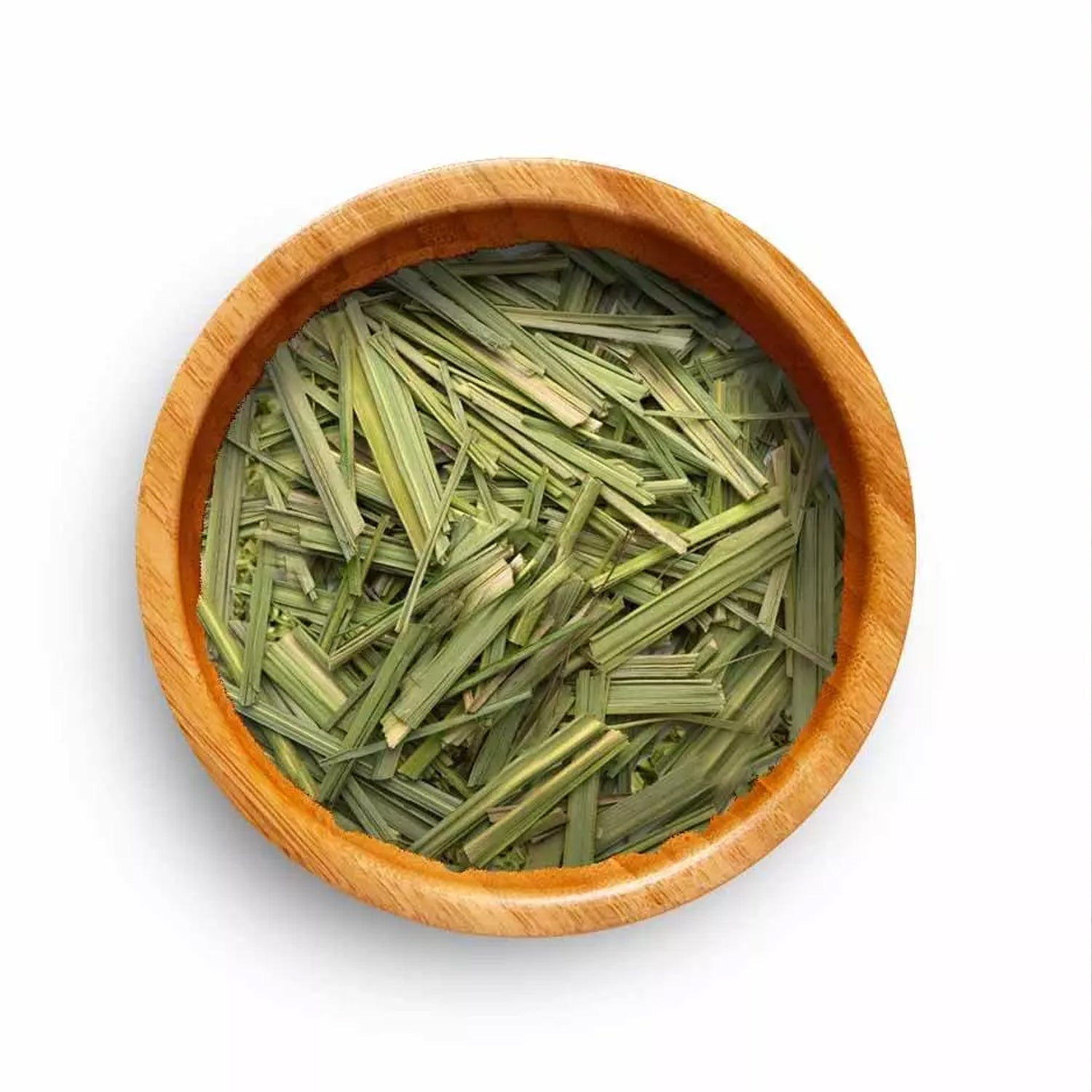
Benefits of Lemon Grass: Culinary and Medicinal Uses
Lemon Grass can transform your favorite dishes and improve your health. Learn about its culinary uses, medicinal benefits, and featured recipes to incorporate this versatile plant into your daily l...
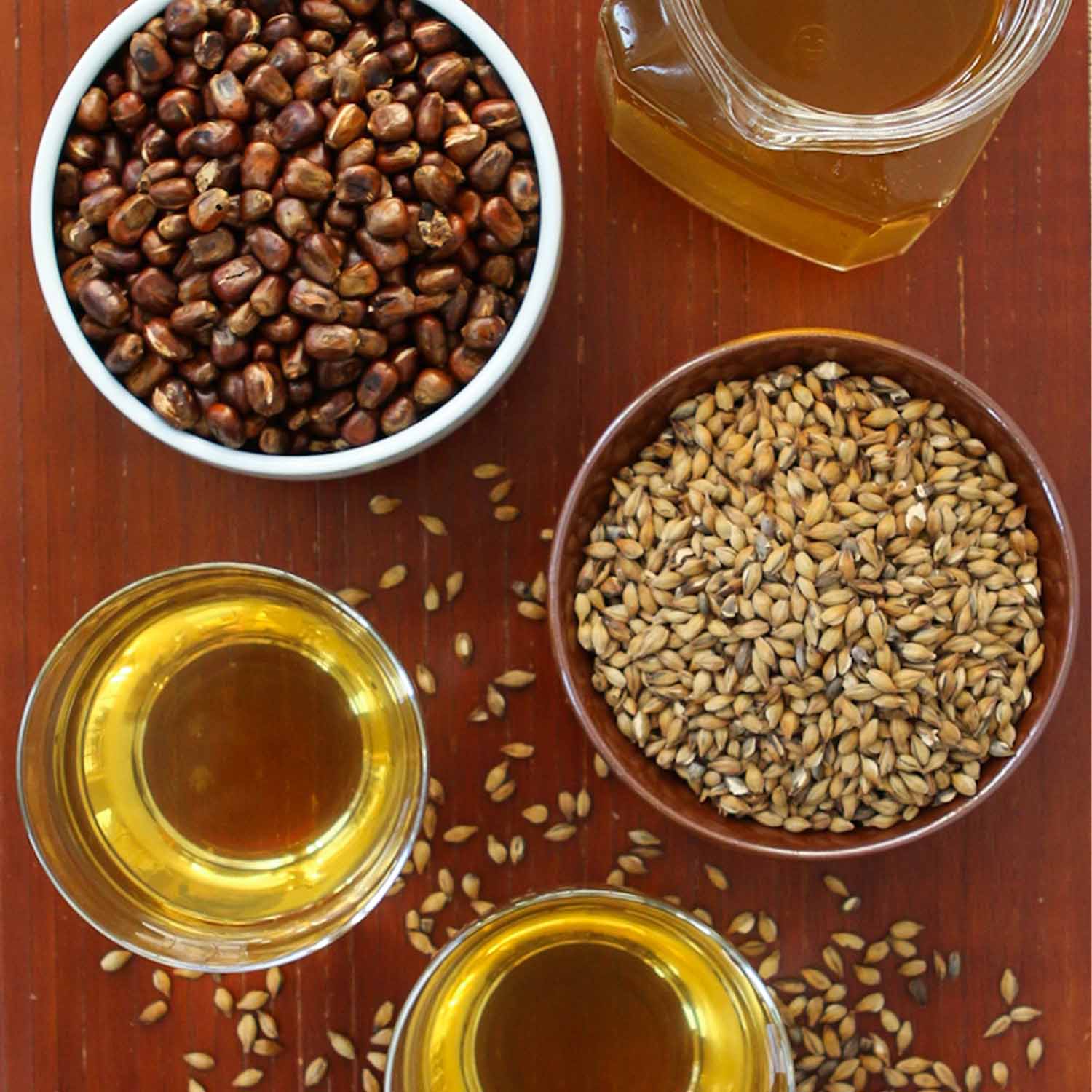
Korean Barley Tea: Tradition and Health in Every Cup
Korean barley tea, known as bori-cha. Learn about its origin, health benefits and how to prepare it at home. A caffeine-free drink rich in antioxidants. Discover the tradition and benefits of this ...

